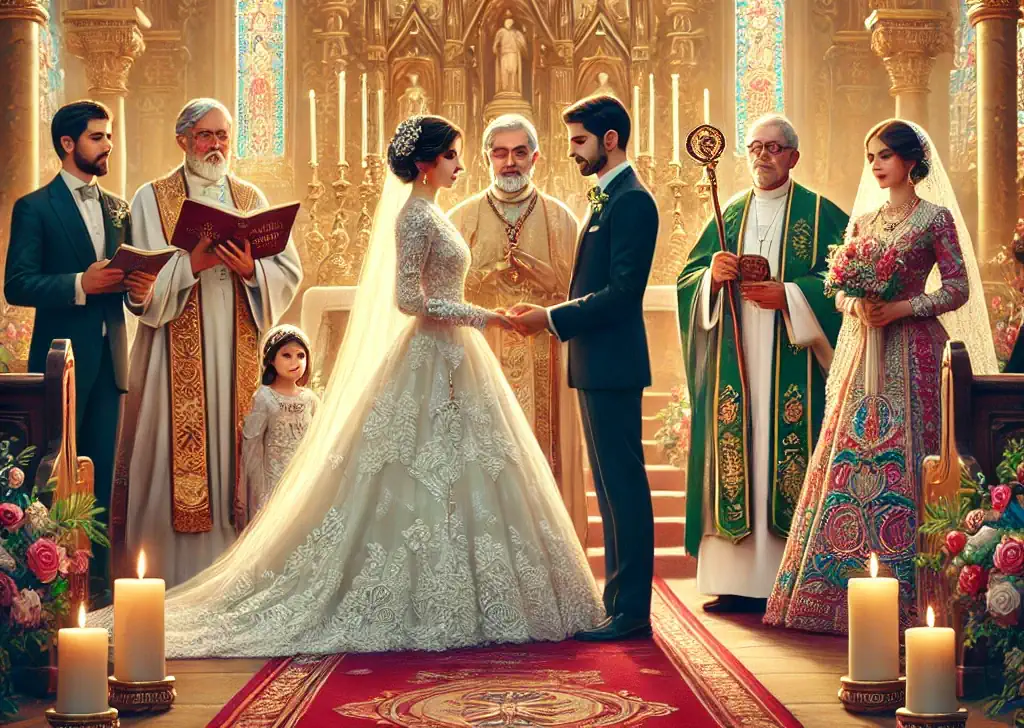Table of Contents
Spanish lasso weddings celebrate eternal love through a beautiful unity ceremony. At our Victorian Chapel, couples can incorporate this meaningful tradition where a ceremonial lasso forms an infinity symbol around them, representing their endless journey together.

Symbolism and Meaning
At our Glass Gardens, couples embrace these meaningful elements:
- The Infinity Symbol: The lasso forms a figure-eight shape representing eternal love
- Unity Ritual: Joining two lives as one in a beautiful ceremony
- Family Tradition: Often includes special wedding sponsors called padrinos
- Lasting Memory: Creates a cherished keepsake of your special day
The Lasso Ceremony
Our experienced team helps coordinate:
- Traditional lasso placement by chosen sponsors
- Meaningful readings or blessings
- Perfect timing within your ceremony
- Beautiful photo opportunities
Perfect Venues for Your Lasso Ceremony
Celebrate this tradition in our beautiful spaces:
- Victorian Chapel: Traditional elegance for your ceremony
- Glass Gardens: Natural beauty for your special moment
- Magnolia Chapel: Intimate setting for close family celebrations
Planning Your Special Day
We help customize your lasso ceremony with:
- Traditional or modern lasso options
- Coordination with your chosen sponsors
- Integration with other customs
- Photography planning
Common Questions About Spanish Lasso Weddings
What is a Spanish lasso wedding ceremony?
This beautiful tradition involves placing a ceremonial lasso in an infinity shape around the couple, symbolizing their eternal unity and love.
Who places the lasso during the ceremony?
Traditionally, married couples called padrinos (wedding sponsors) place the lasso, serving as role models for the newlyweds.
Can we personalize the lasso tradition?
Yes! Many couples choose unique lassos made from flowers, ribbons, or traditional cord while maintaining the beautiful symbolism.
Which venue works best for a lasso ceremony?
Our Victorian Chapel and Glass Gardens provide perfect settings for this meaningful tradition, with plenty of space for your sponsors and guests.









